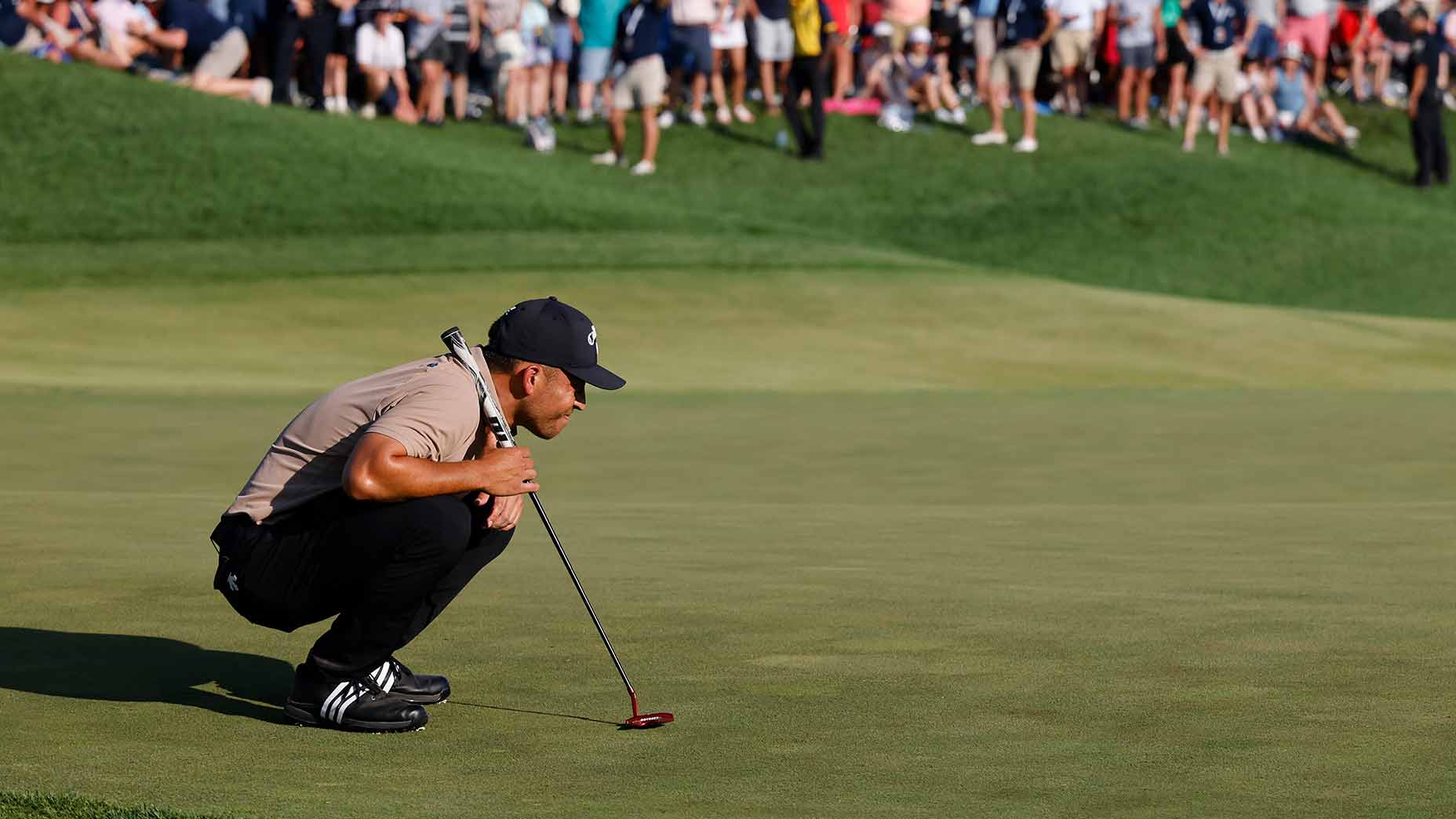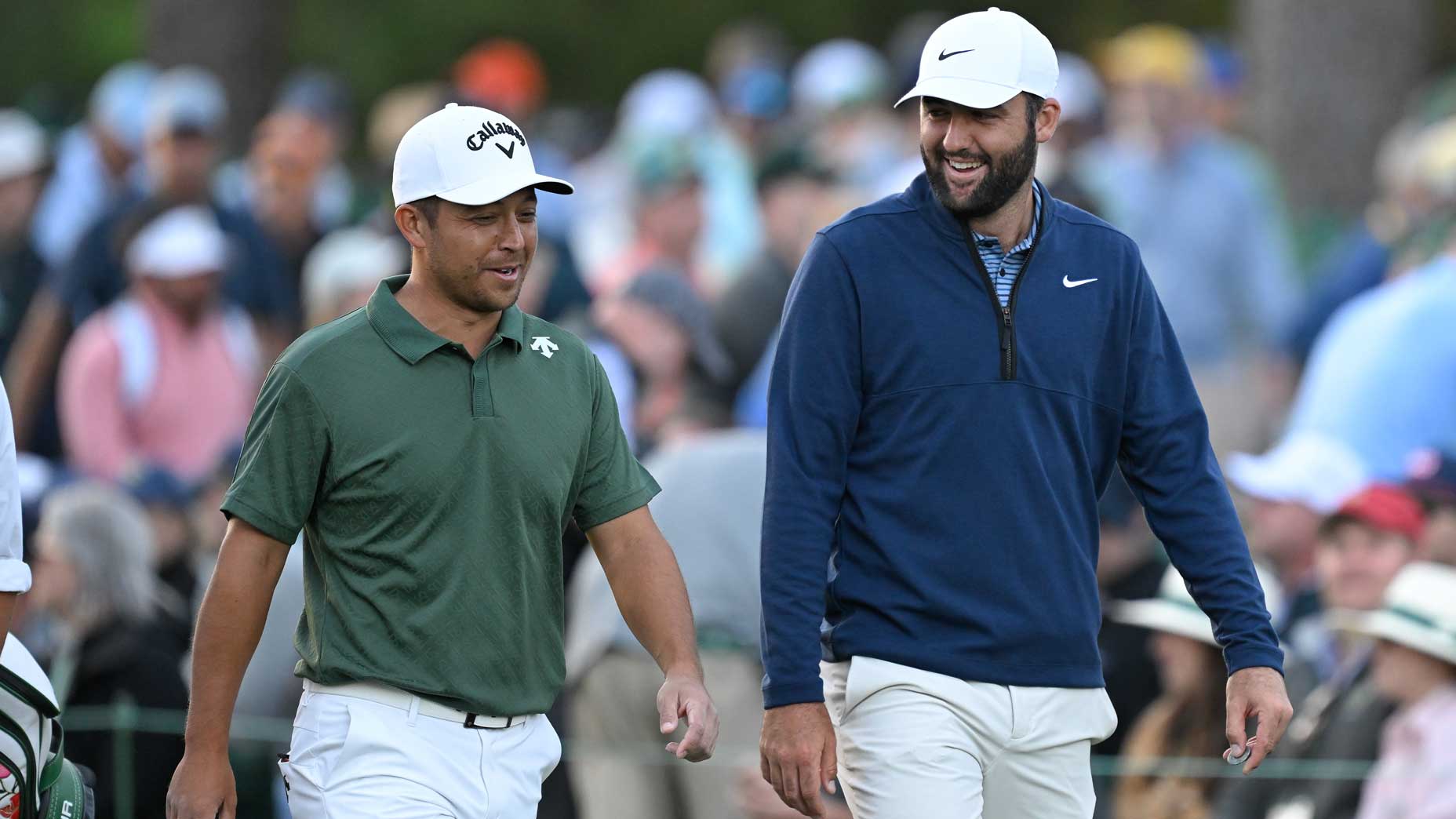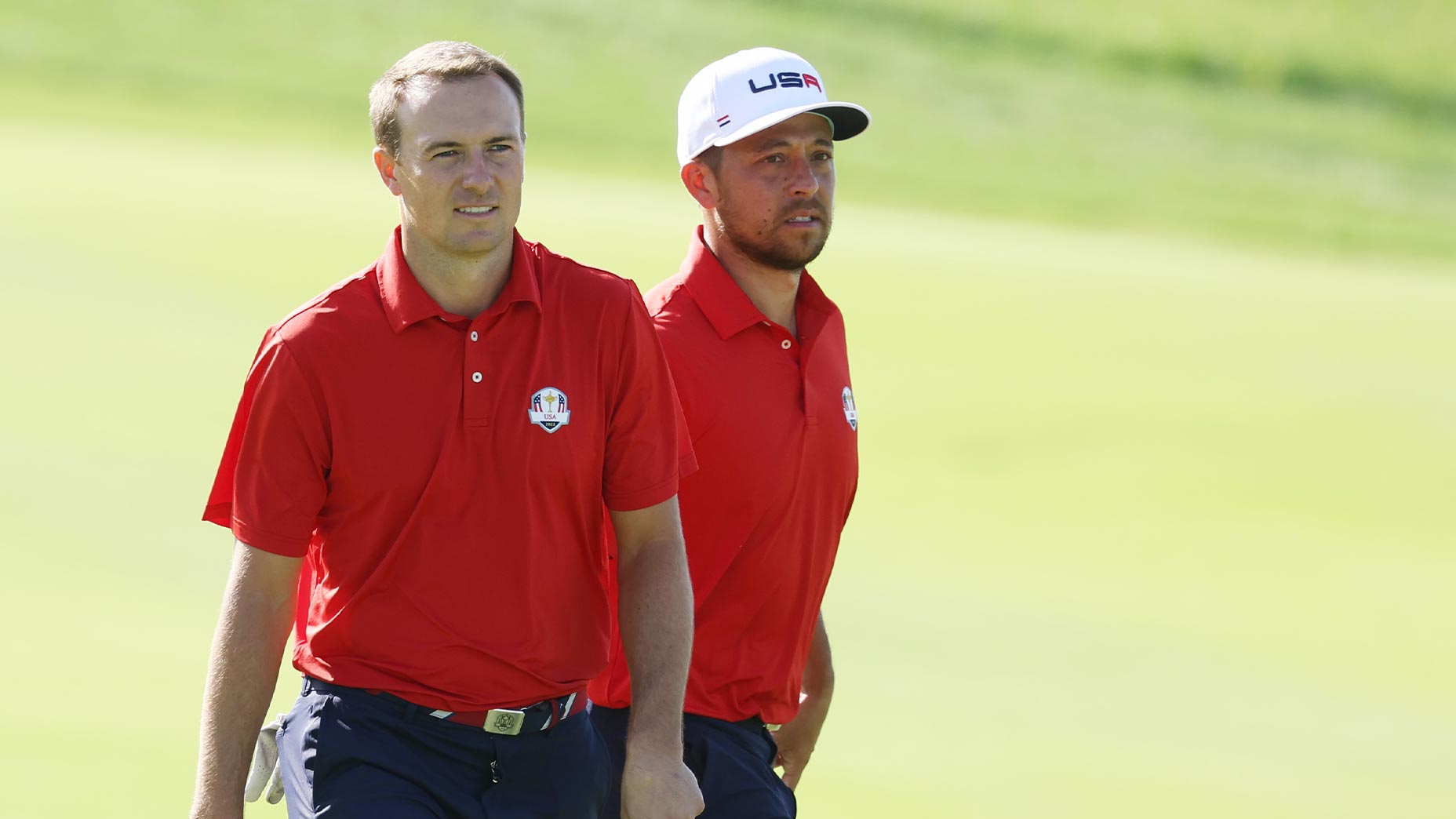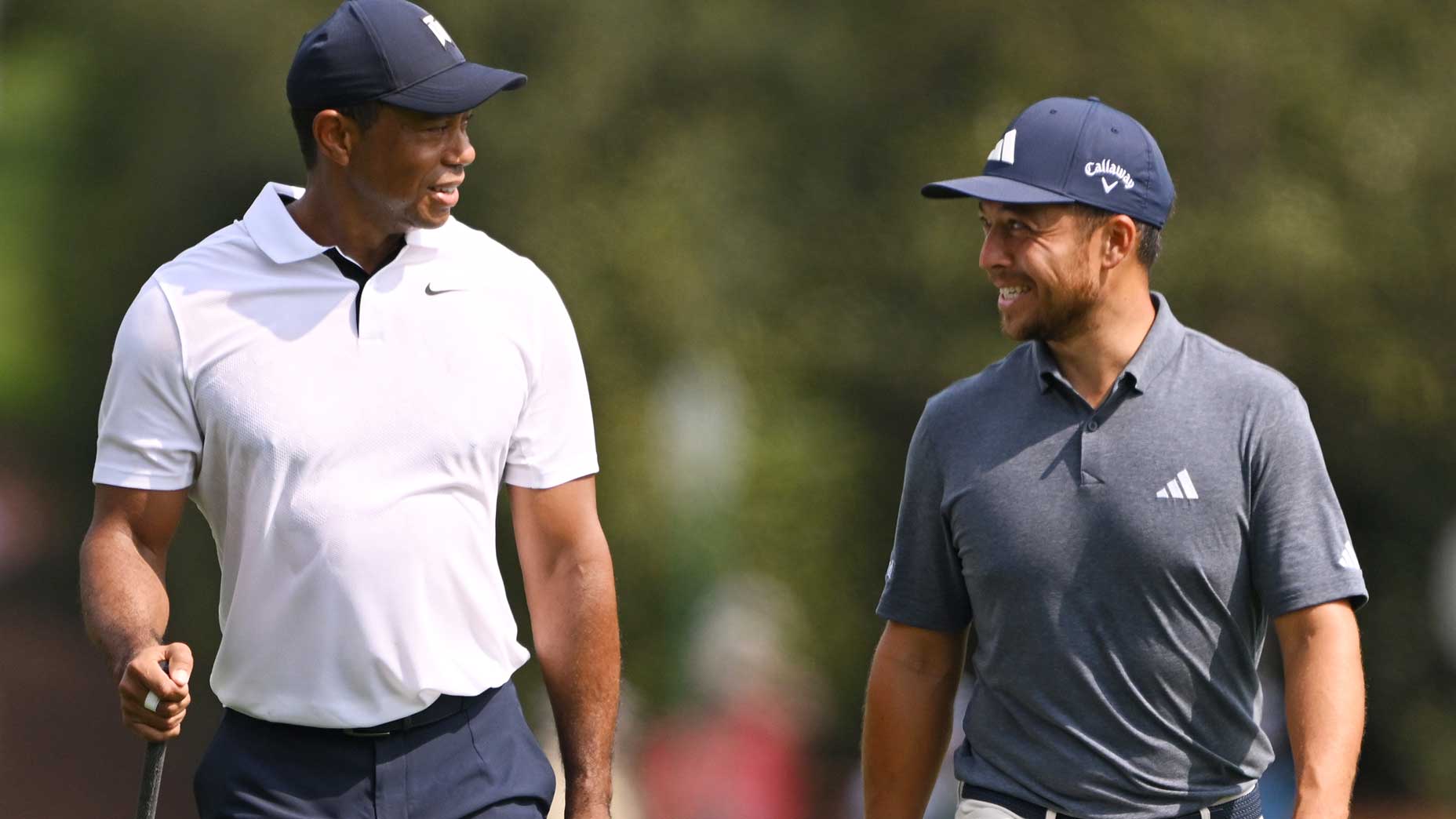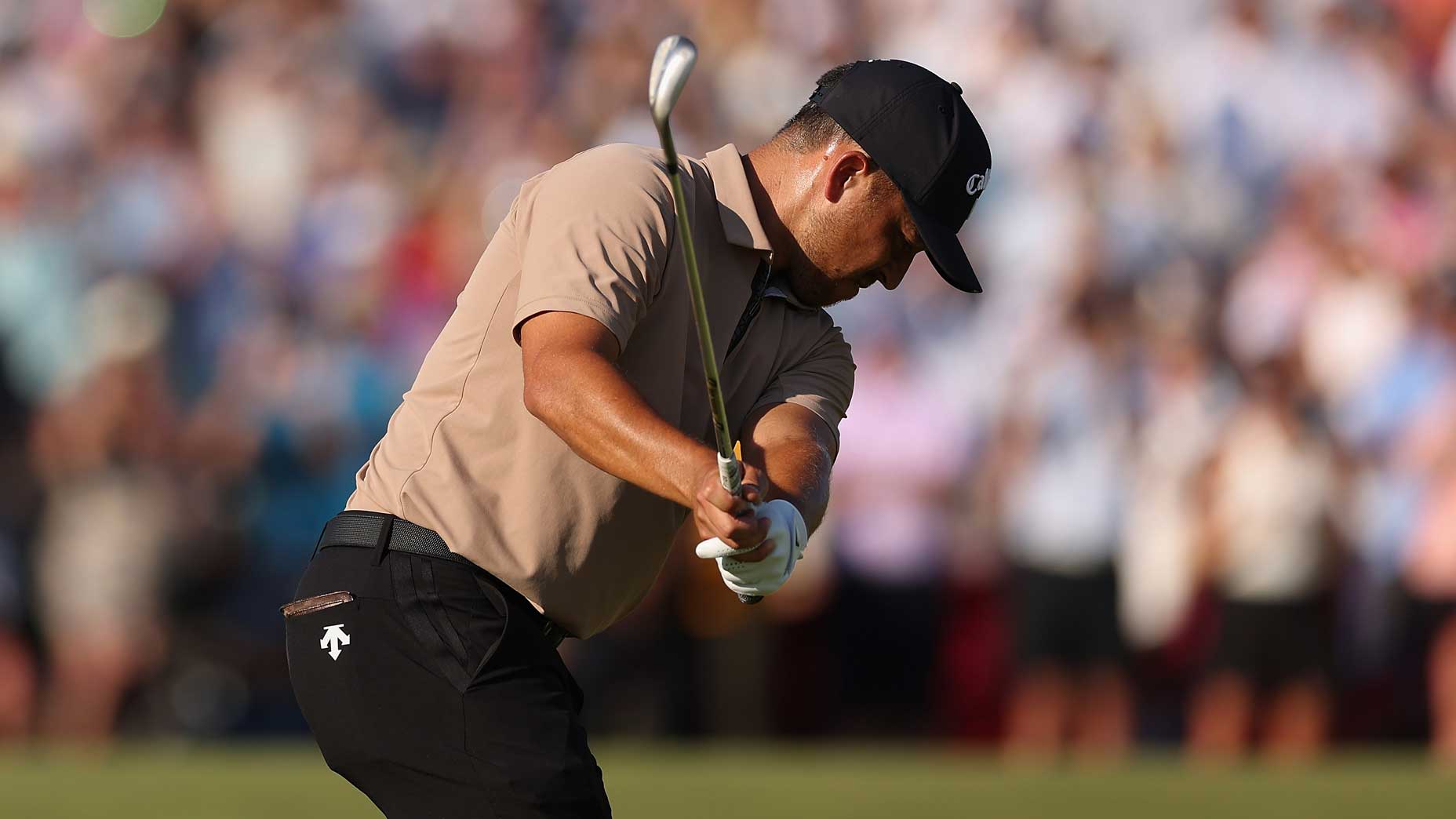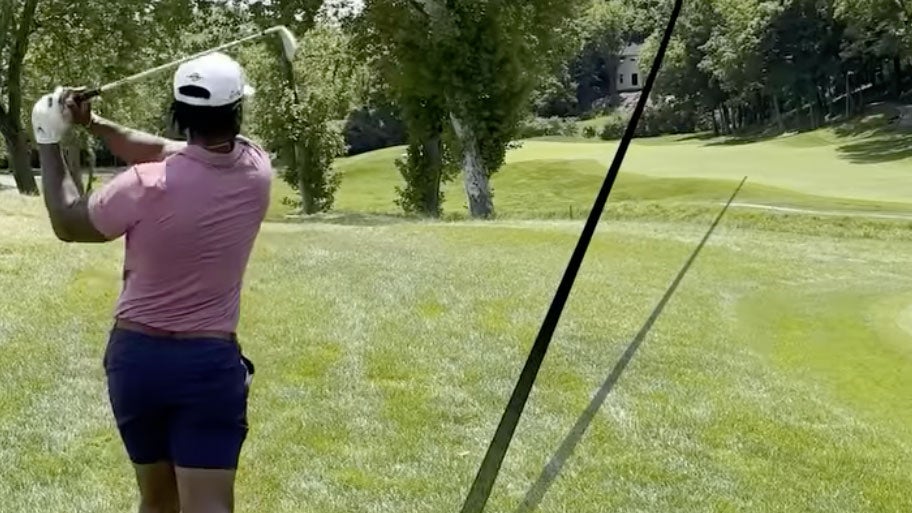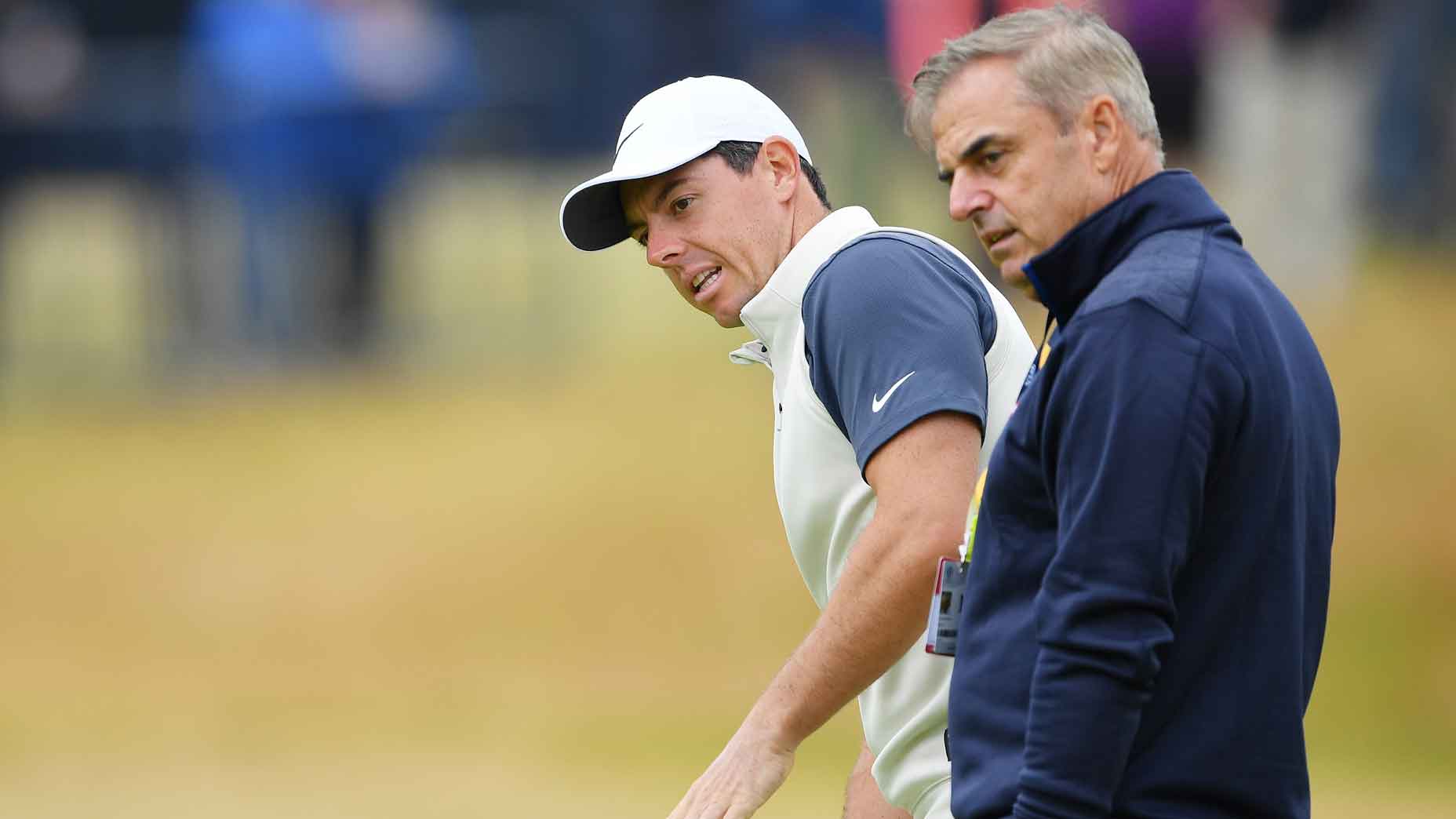Kiawah’s Ocean Course, host of the 2021 PGA Championship, has surprising ties to several past winners
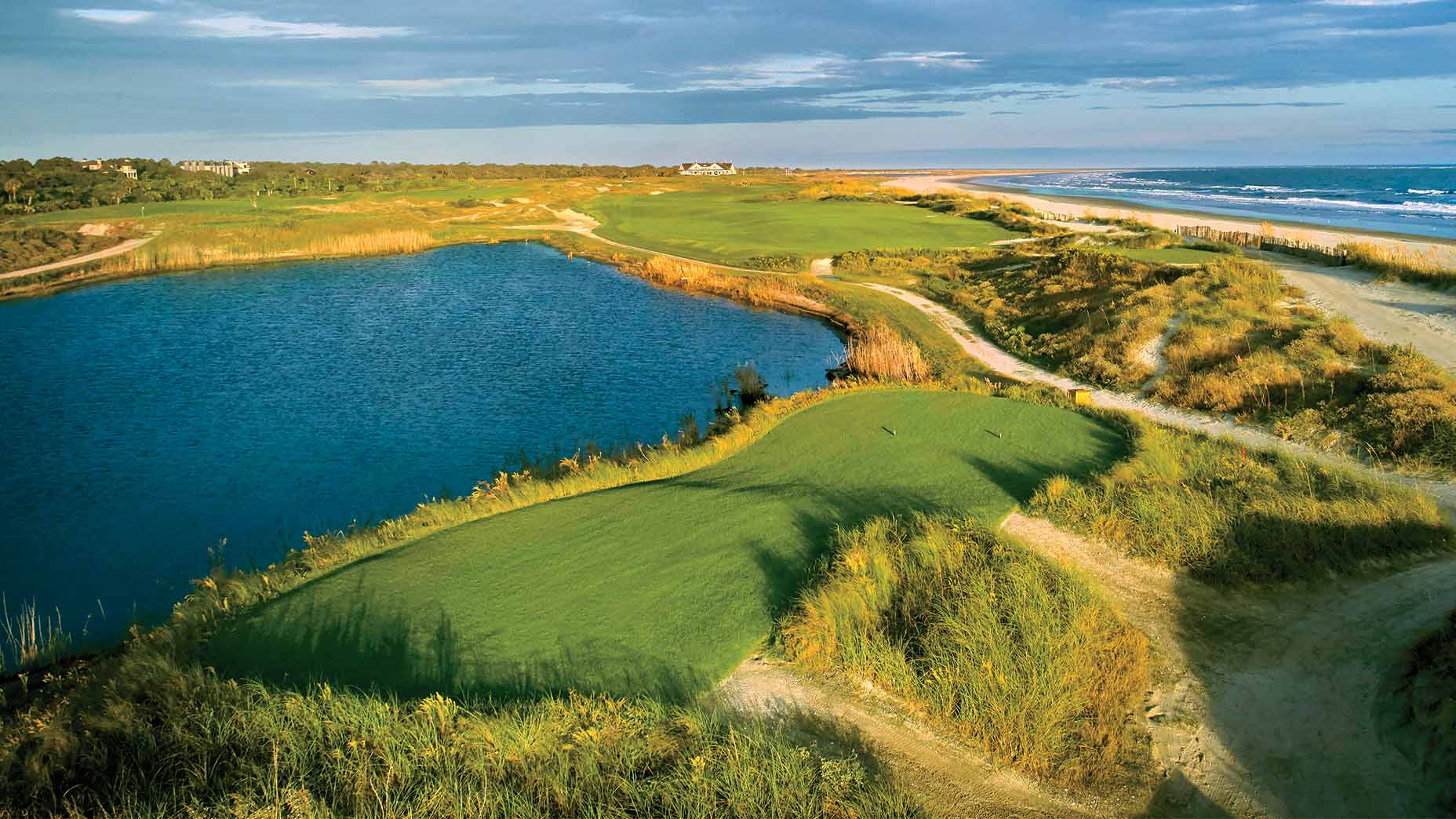
Like many Pete Dye layouts, the Ocean Course at Kiawah was influenced by a 1963 trip the architect made to study the venerable links of Scotland.
PGA of America
The PGA Championship returns to the Ocean Course at Kiawah Island May 20-23, nine years after a young Rory McIlroy won the first Wanamaker Trophy contested by the sea in South Carolina — and 30 years since Kiawah had its big reveal as host of a hotly contested Ryder Cup. The Ocean Course has been a big-time venue since its inception, and the route to this year’s championship is a Six Degrees of Kevin Bacon-type journey to the very first PGA Championship in 1916 and back again, with a lot of zigzagging among past champs — and through the Midwest, thanks to Pete Dye and another guy from Ohio you might recognize.
2012 PGA Championship / Kiawah Island (Ocean Course)
Winner: Rory McIlroy
McIlroy was sweating it out down the stretch of the final round, with 1994 Greek Amateur champ David Lynn having posted a five-under total to take the clubhouse lead. Demonstrating remarkable grace under pressure, the youngster from Northern Ireland eked out an eight-stroke win, smashing the tournament’s margin-of-victory record set by Jack Nicklaus in 1980 at Oak Hill (seven strokes). This was Kiawah’s first time in the spotlight since hosting the 1991 Ryder Cup, when the Pete and Alice Dye-designed course was so new it still had the price tag on it. Alice and hubby Pete were both ace players — but she was the better stick, a Curtis Cupper who also snagged two U.S. Senior Women’s Ams and a North and South. It was her idea to raise the entire Ocean Course so it would be level with the top of the dunes, not shielded by them. Turns out that was one hell of an idea.
1973 PGA Championship / Canterbury GC
Winner: Jack Nicklaus
In the 1980s, television and island greens a continent apart turned Pete Dye into the first rock-star architect. After seeing the 17th at TPC Sawgrass in 1982 and Lee Trevino make a hole in one at PGA West Stadium’s 17th (aka Alcatraz) in the ’87 Skins Game, every golfer wanted to notch a Dye course. Dye was an Ohio guy, and on two early creations in the mid 1960s — the Golf Club, near Columbus, and Harbour Town — he collaborated with another Ohio guy, Jack Nicklaus. At the ’73 PGA Championship, played near Cleveland, Nicklaus won his 14th major (by the major math most prevalent at the time). It was big news, as it put Nicklaus ahead of his idol Bobby Jones in career majors. The night before the final round at Canterbury, Nicklaus was hanging with some friends, discussing a possible elk hunt later in the year. It was suggested that no firm plans be made. “If you don’t win,” said one friend, “you may feel you need to play a few more tournaments in the fall.” Said Nicklaus: “Book the hunt.” He shot 69 and won by four strokes.
1931 PGA Championship / Wannamoisett CC
Winner: Tom Creavy
Even hardcore trivia buffs forget about Creavy, but he was only 20 when he beat Gene Sarazen in the semis and Denny Shute (no slouch — he won two PGA Championships and a British Open) in the finals. Bobby Jones was the referee of the 36-hole final, a year after winning the Grand Slam and retiring. Beyond his many accomplishments in real life, Jones plays a prominent role in the fictional 2000 movie The Legend of Bagger Vance, which featured a match filmed primarily on the Ocean Course at Kiawah. As for the long forgotten Creavy, he learned to play the game as a caddie at Siwanoy, in Bronxville, N.Y.
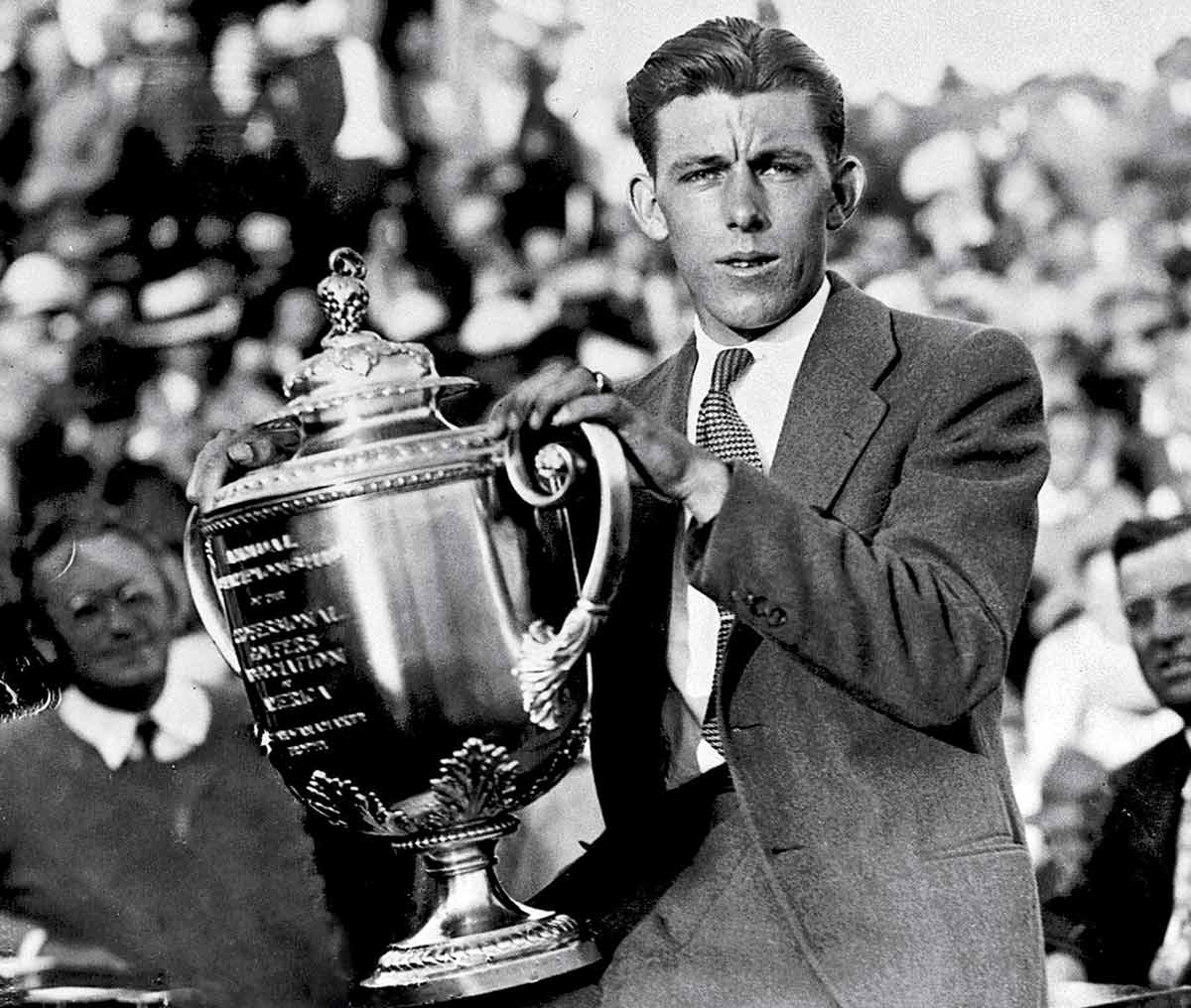
1916 PGA Championship / Siwanoy CC
Winner: Jim Barnes
The course where Creavy caddied as a kid hosted the first PGA Championship, where 30 players duked it out and every match was 36 holes. (If you’re wondering how 30 players were whittled down to two, here’s how: Two players who made the field were no-shows. Their first-round opponents won by forfeit.) One down with two to play in the final, Barnes holed a four-footer at the last hole to pip Jock Hutchison. Barnes was the pro at Whitemarsh Valley, a course near Philly where Nicklaus won three times on Tour in the 1960s and ’70s. Nicklaus, of course, eventually built his own course and tournament in Columbus, home of the Ohio State University courses where he (1956 and ’57) and Pete Dye (1943) both had been medalists in the Ohio High School Athletic Association state championship. The Scarlet and Gray courses at OSU were originally designed by Alister MacKenzie. It was MacKenzie (along with Jones) who created Augusta National and whose work moved Dye to make his first trip to Scotland to study links courses, inspiring Dye’s use of railroad ties in deep bunkers — and (eventually) the Ocean Course at Kiawah.
1987 PGA Championship / PGA National
Winner: Larry Nelson
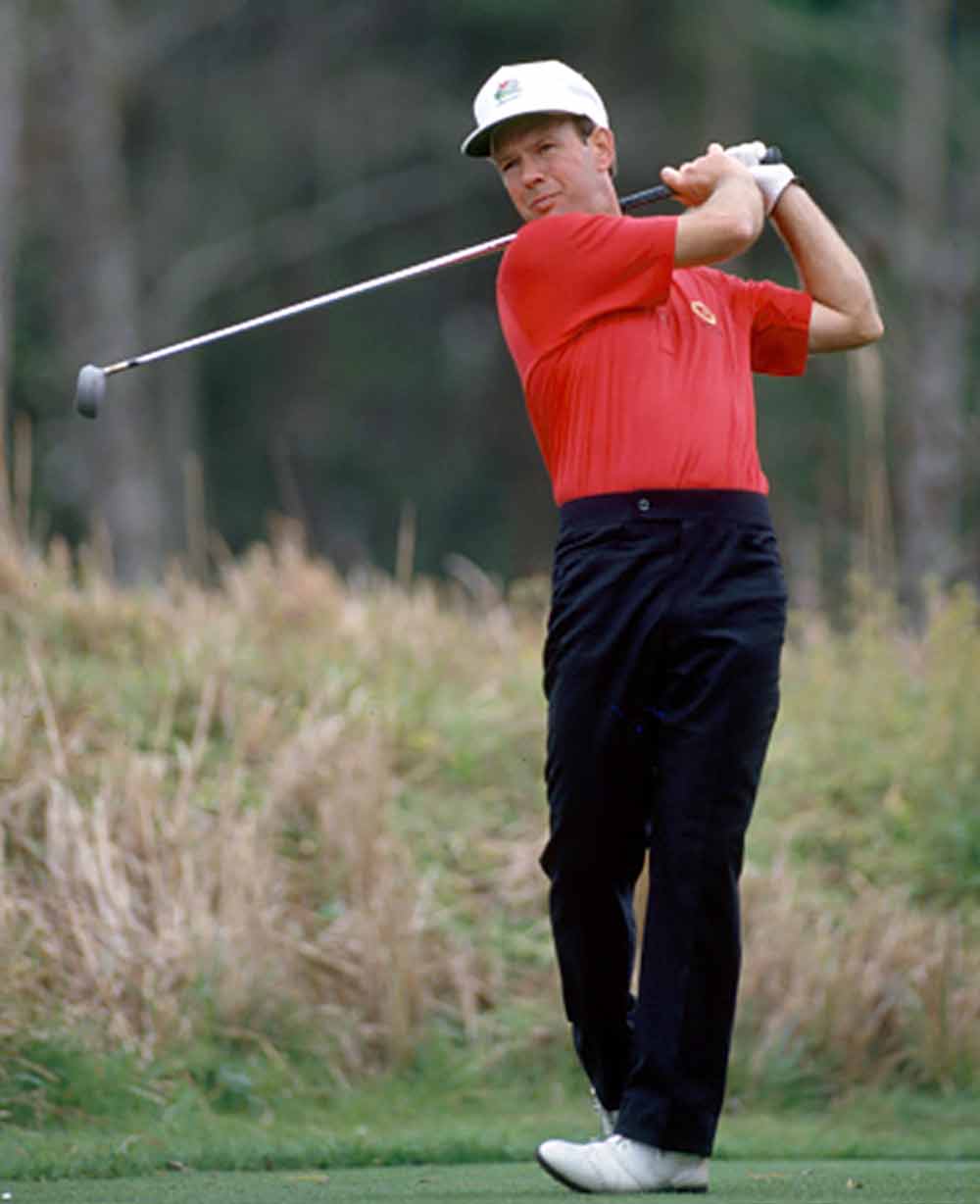
At Muirfield Village, the course Nicklaus built in Columbus, something occurred at the 1987 Ryder Cup that stoked passions for every Ryder Cup since — the European team won on U.S. soil for the first time. That meant the ’91 Ryder Cup at Kiawah was a defend-our-house moment for the U.S. team. Two players on the losing team in ’87 were among the best American Ryder Cuppers ever — Larry Nelson and Lanny Wadkins. Neither played well that week, perhaps still exhausted from the PGA Championship, where Nelson won his third major by knocking off Wadkins in sudden death. In Palm Beach. In August. The final round was played through the hottest August 9 then on record in Florida, and the bermuda rough was absurdly deep. It was a penal colony reimagined as golf. Nelson, a veteran of firefights in Southeast Asia, reckoned it may have been hotter in Vietnam. (Nelson, it should also be noted, was not a play-an-exhibition-match military man. He walked point as a combat leader and, at the time, had never played golf in his life.) Nicklaus redesigned PGA National in 2014.
1991 PGA Championship / Crooked Stick GC
Winner: John Daly
Three of the next four PGAs after Nelson won in 1987 were played at either Dye or Nicklaus designs: Oak Tree (Dye, 1988), Shoal Creek (Nicklaus, 1990) and Crooked Stick (Dye, 1991), in Carmel, Ind. The ’91 PGA Championship was when Daly and his third-grader mustache met the world. Daly, his ’stache and his driver with a white composite head made the field as alternates when Nick Price’s first child decided to be born. Dye had history in Indiana — he and Alice moved there after he left the Army post-World War II, and in 1958 ol’ Pete won the Indiana Amateur, in South Bend, on his ninth go at it.
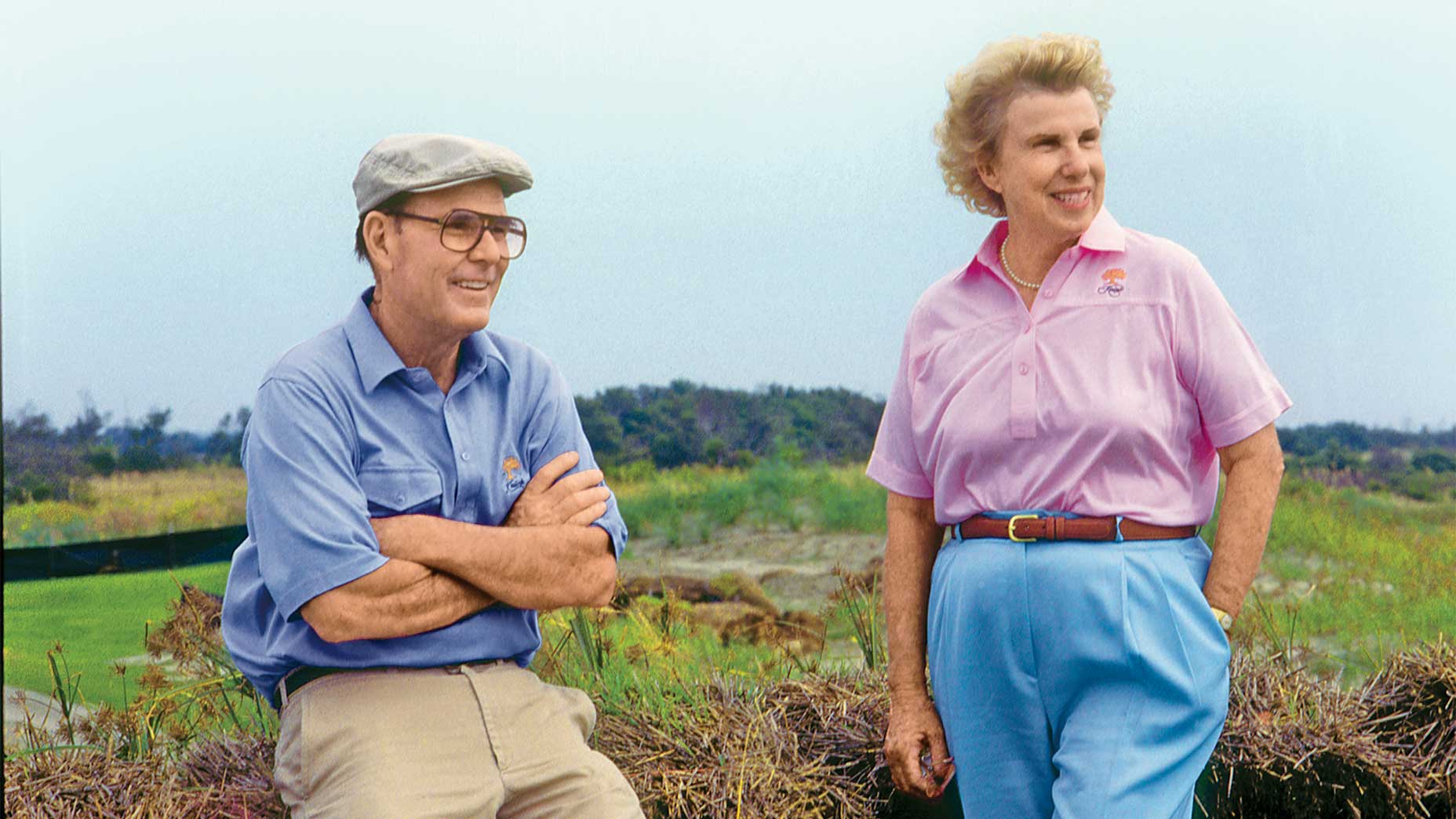
1993 PGA Championship / Inverness CC
Winner: Paul Azinger
Dye was training with the 82nd Airborne at Fort Bragg, N.C., when the war ended. He rode out his enlistment as greenkeeper at the base golf course but also spent, in his own words, “six solid months playing Pinehurst No. 2 and getting to know Donald Ross.” Ross designed the Fort Bragg course as well as No. 2 and also created Inverness. Azinger, who had nearly won the British Open in 1987 and was a key figure on the U.S. side at the ’91 Ryder Cup at Kiawah, clinched his lone major in a playoff against Greg Norman at Ross’ course in Toledo. In the 1957 U.S. Open at Inverness, 17-year-old Jack Nicklaus made his debut at the national championship.
2000 PGA Championship / Valhalla CC
Winner: Tiger Woods
Best. PGA Championship. Ever. Tiger. Bob May. ‘Nuff said. Nicklaus designed Valhalla, which was hosting its second PGA Championship just four years after its first. Tiger won his first PGA the year before, and the 2000 edition marked his fourth win in five majors. He completed the Tiger Slam at the Masters in 2001. Tiger and Jack were the only players to win the PGA at stroke play before turning 24 (until Rory McIlroy in 2012 and Collin Morikawa last year). So, Morikawa closes the loop from the first PGA Championship at Kiawah’s Ocean Course to the very first championship in 1916 and back again to Kiawah. Eat your heart out, Kevin Bacon.




